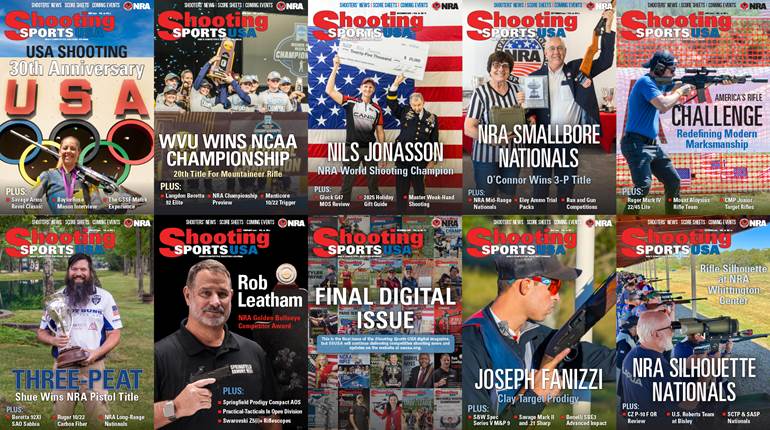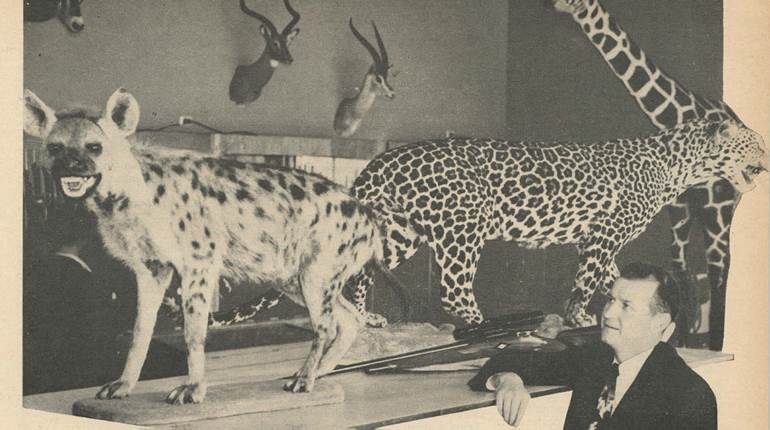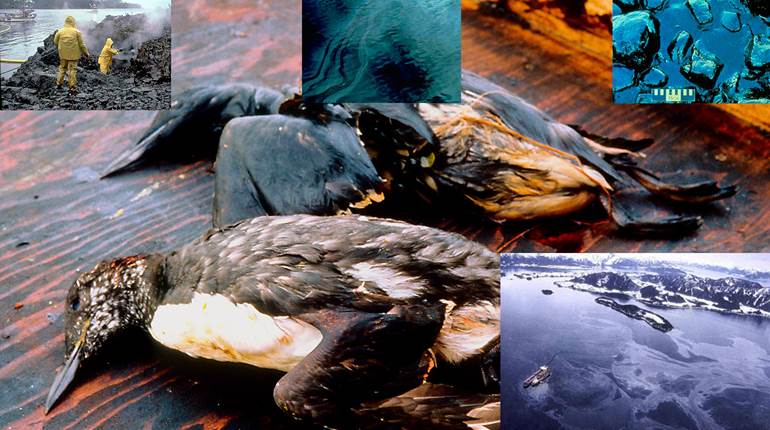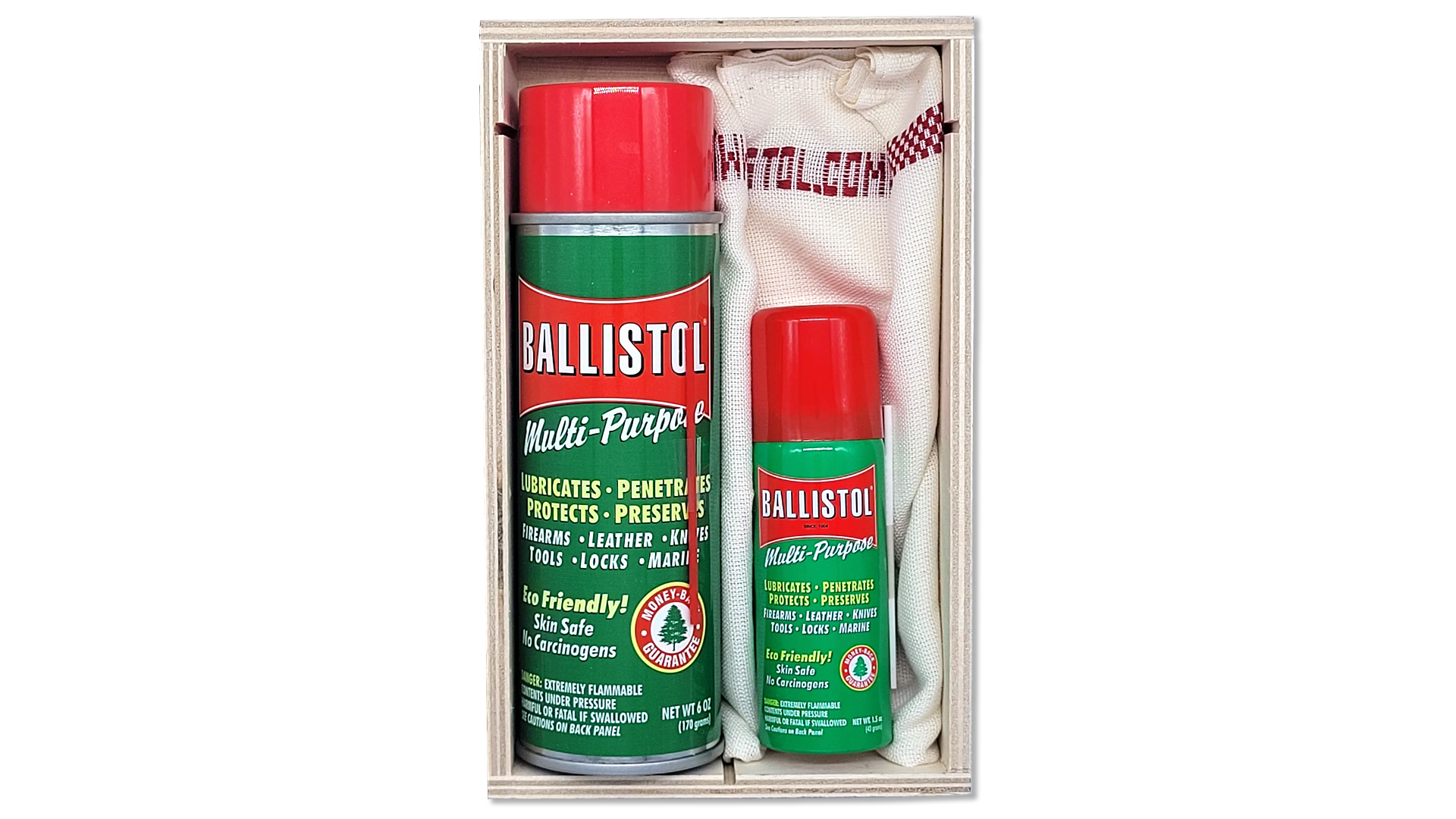
The following was excerpted from the November 1966 issue of The American Rifleman. It has been digitized as part of American Rifleman's 100th anniversary celebration.
What does a 50-foot NRA range for .22 rifles in Oklahoma have to do with the combat effectiveness and survival in Vietnam? For R.S. Hildreth, almost everything. Hildreth at 17 qualified as an NRA junior sharpshooter. He fired his score at Tulsa on a 50-foot NRA range.
Hildreth at 19 qualified as a hero. He fired against a Viet Cong machine gun at 175 feet. With only his rifle, he “literally fought a duel” with the machine gun crew. When his accurate marksmanship wiped them out, other Viet Cong manned the weapon. Hildreth coolly picked them off in turn.
The Silver Star Medal was awarded to Hildreth for his “resolute fighting spirit, bold initiative and unwavering dedication to duty ... in the face of overwhelming odds.” What the citation clearly implied, without saying, was: “He had faith in his rifle and himself.”
Never in this century has American marksmanship been more important and vital than in the crazy jungle conflict in Vietnam. And never has the urgency for homefront rifle training been clearer ... . Under the programs administered through the Director of Civilian Marksmanship and NRA, nearly 6,000 civilian clubs participate in making firearms instruction available to more than 400,000 Americans annually. The participants fire annually 62,000,000 rounds of small arms ammunition issued by the DCM.
At the 1966 national convention of the American Legion, the veteran’s organization noted that “actual experience has proven that men entering military service with previous rifle training are more capable in combat, thus improving their chances for survival ... .” Those words should make people like J.A. Perrin, Jr., of Loveland, Ohio, an NRA Life member, feel pretty good. Joe Jr. saw to it that Joe III learned to shoot well enough to win the junior Expert Rifleman Medal at the age of nine. [H]e easily qualified as Expert with a service rifle as a Marine “boot” at Parris Island.
Wherever Joe III serves next, he stands a better chance of coming home alive and healthy because of what his dad calls “good old NRA training.”
That is what the National Rifle Association is about. It is not all that NRA does, but if it were, it would be enough.





































